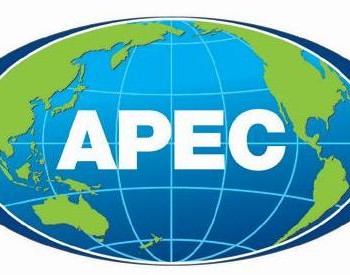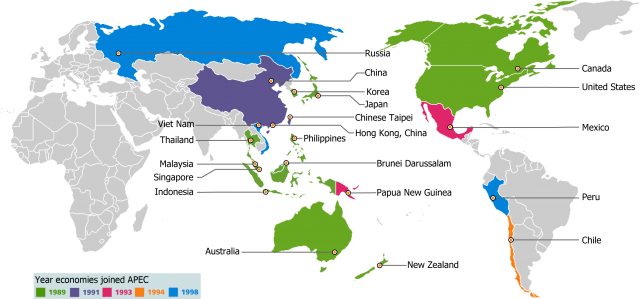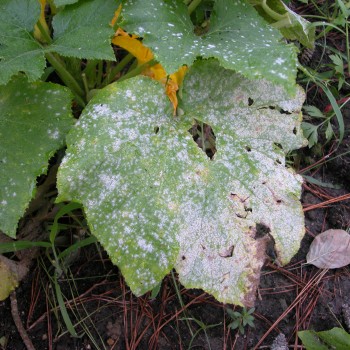Date£º
2014-09-19 11:23 Source£º
thedrinksbusiness Author:
Simon Howland Translator:
An agreement by Pacific countries to standardise acceptable limits of chemical residue in wine could mean massive savings for Australian winemakers.

A meeting of the Asia-Pacific Economic Cooperation (APEC) Wine Regulatory Forum has agreed to establish common maximum residue limits for agricultural chemicals in wine, according to the ABC.
Tony Battaglene, the Winemakers Federation of Australia¡¯s general manager of strategy and international affairs, says the new limits will mean massive savings for Australian winemakers, vineyards and exporters.
¡°It means that you can just produce one batch of wine that can be sold in any market in the world, so it¡¯s tremendously exciting in that we have flexibility to produce wine according to one method that can go anywhere in the world,¡± said Battaglene.
¡°It will save millions of dollars, it will increase efficiencies and it will help the whole supply chain activity,¡± he said.

The APEC countries represent a large portion of Australia¡¯s export markets.
As it currently stands, every country in the region has its own rules pertaining to maximum residues in wines.
Some countries, like China for example, have zero tolerance for common vineyard sprays, such as the fungicide phosphorous acid which is used to combat downey mildew in wet years.

Some wine export markets forbid residue of chemicals such as those used to treat common vine ailments such as downey mildew (Pictured).